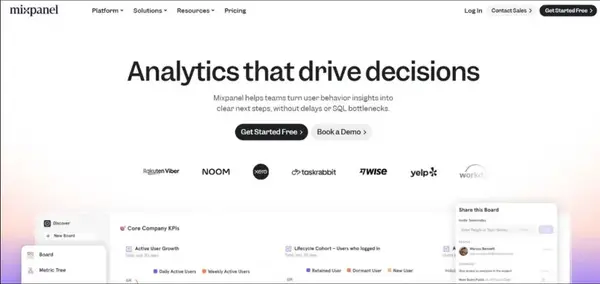Cybersecurity Policies: What Every Company Should Include

Introduction
In today's digital age, cybersecurity is not just an IT concern but a crucial business issue. A robust cybersecurity policy serves as the backbone of an organization's defense mechanism against cyber threats. This article aims to guide you through the essential elements that every company should include in its cybersecurity policy to ensure comprehensive protection.
Why a Cybersecurity Policy is Essential
Before diving into the components, it's vital to understand why having a cybersecurity policy is non-negotiable. A well-crafted policy:
- Sets the standard for cybersecurity practices within the organization.
- Provides a framework for identifying, assessing, and managing cybersecurity risks.
- Ensures compliance with legal and regulatory requirements.
Key Elements of a Cybersecurity Policy
1. Scope and Objectives
Clearly define the scope of the policy, including who it applies to and what assets it covers. Outline the objectives, such as protecting sensitive data and ensuring uninterrupted business operations.
2. Risk Assessment
Include a section that describes the methodology for assessing cybersecurity risks, including how often risk assessments will be conducted.
3. Access Control
Specify who has access to what within your network. Implement multi-level authentication and authorization mechanisms.
4. Data Protection
Detail how data will be encrypted, stored, and transmitted. This should also cover how to handle sensitive customer data.
5. Incident Response Plan
Outline the steps to be taken in the event of a cybersecurity incident. This should include identification, containment, eradication, recovery, and lessons learned.
6. Employee Training and Awareness
Describe the training programs that employees must undergo to be aware of cybersecurity best practices and how to identify potential threats like phishing scams.
7. Regular Audits and Monitoring
Specify the frequency and scope of cybersecurity audits. Include how monitoring will be conducted to detect unusual activity that could indicate a security breach.
8. Legal and Regulatory Compliance
List the legal and regulatory requirements the company must comply with, such as GDPR for companies operating in the EU.
9. Vendor Management
If your company uses third-party services, describe the cybersecurity requirements that vendors must meet.
10. Policy Review and Updates
State how often the policy will be reviewed and updated, and who will be responsible for this task.
Best Practices for Implementing a Cybersecurity Policy
- Involve Stakeholders: Include input from various departments, not just IT.
- Be Specific: Avoid vague language. The policy should be clear and easy to understand.
- Regularly Update: Cyber threats evolve; your policy should too.
Conclusion
A comprehensive cybersecurity policy is an essential tool for any organization aiming to protect its assets, data, and reputation. By including the elements outlined in this article, companies can create a robust cybersecurity framework that not only mitigates risks but also fosters a culture of cybersecurity awareness.
Key Takeaways
- A cybersecurity policy is essential for setting standards, assessing risks, and ensuring compliance.
- Key elements include scope, risk assessment, access control, data protection, incident response, employee training, audits, compliance, vendor management, and policy updates.
- Best practices involve stakeholder input, specificity, and regular updates.





